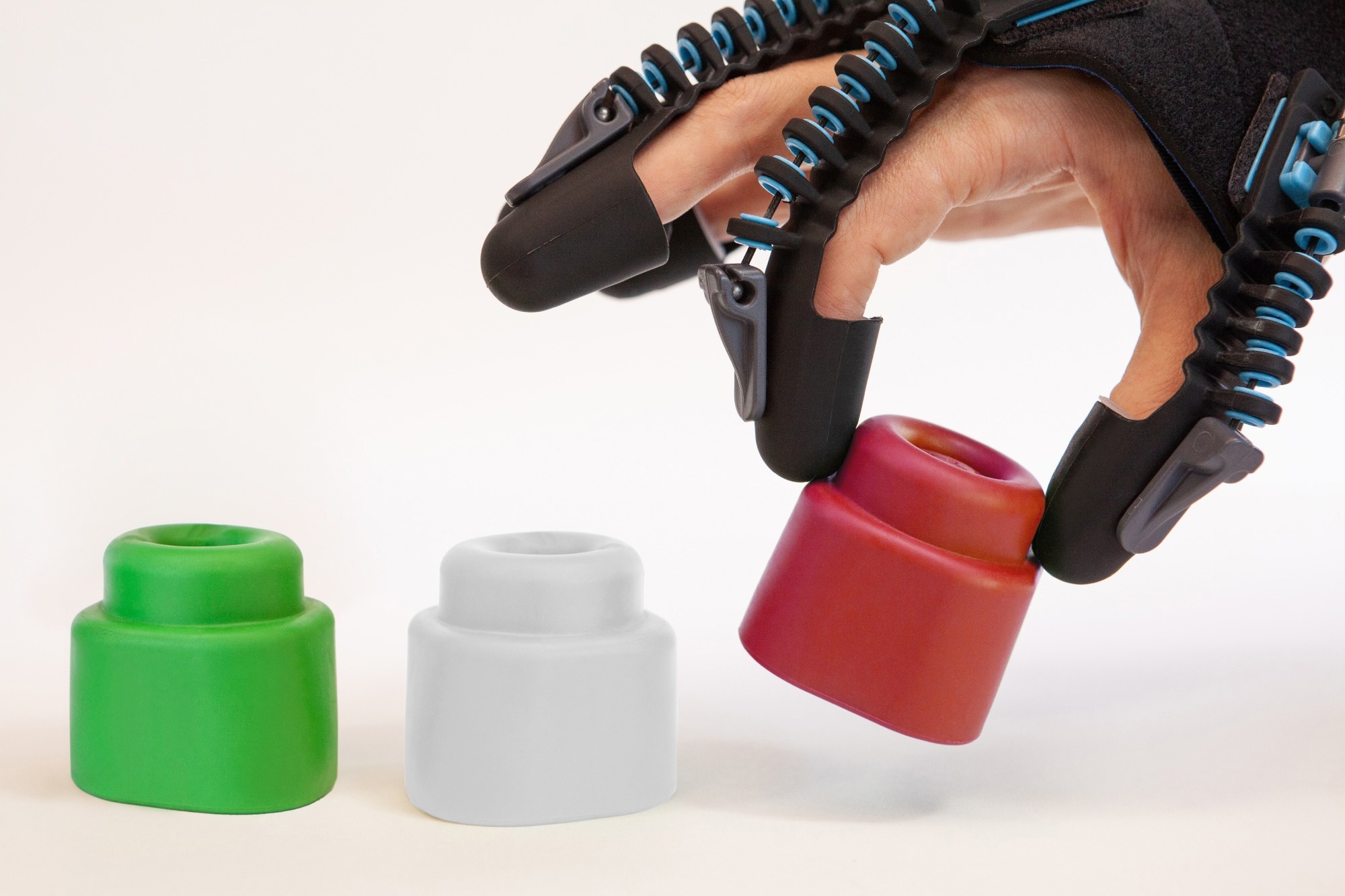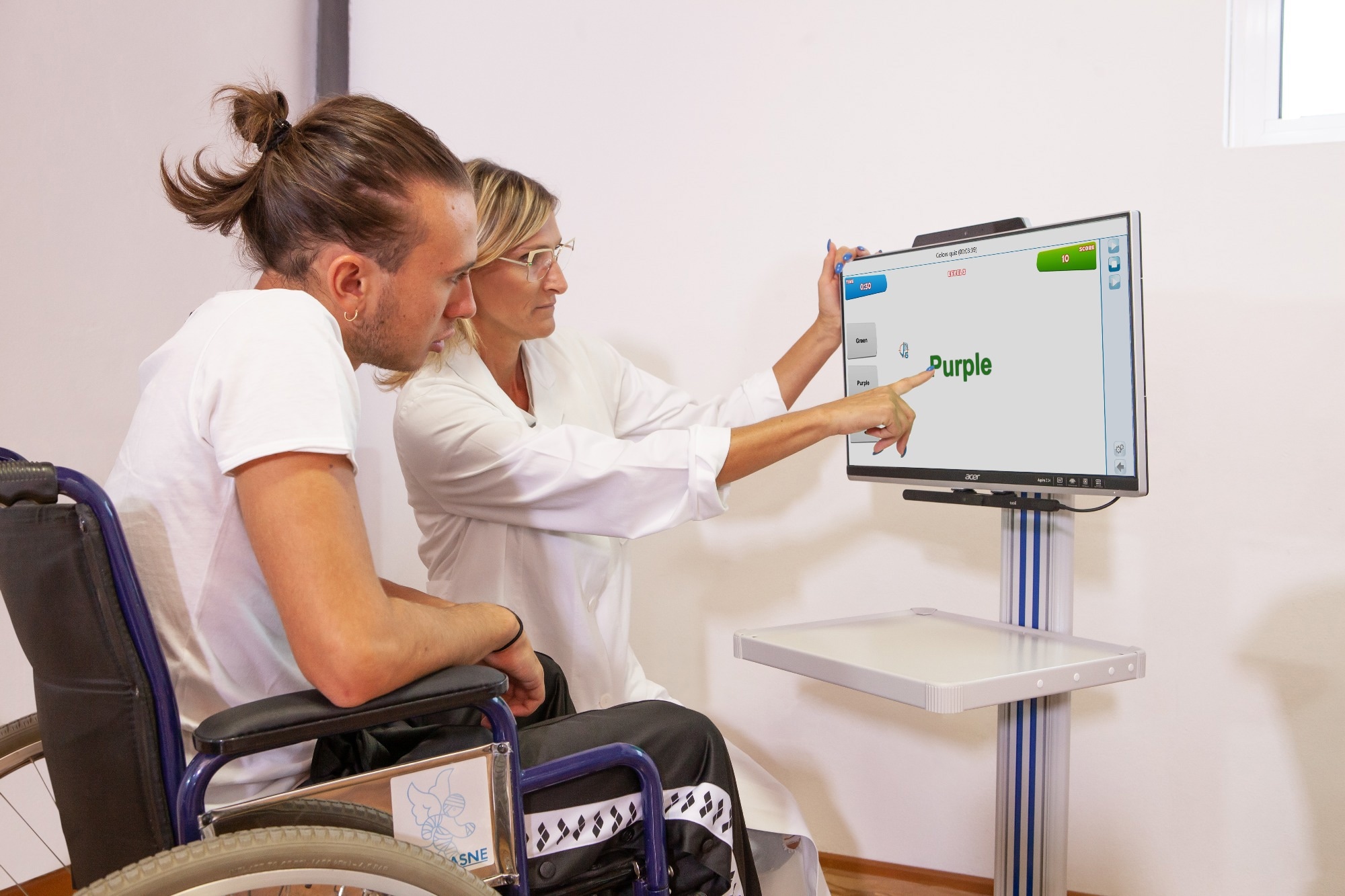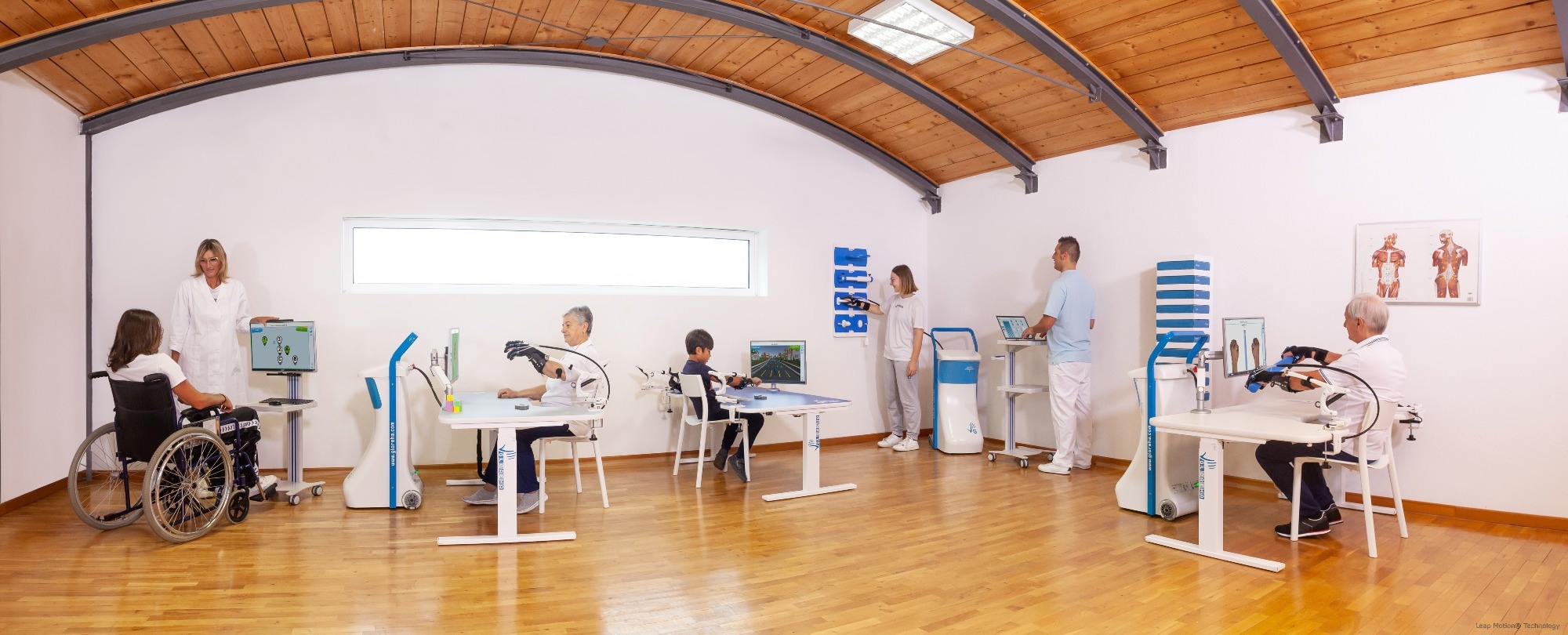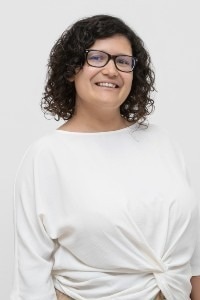NewsMedical spoke to Waduda Parolari Musaid at MEDICA 2022 about Gloreha's robotics-assisted neurorehabilitation solutions. The robotic device and associated on-screen software suite aim to make hand movement recovery quicker and easier for patients.
Please could you introduce yourself and tell us about your background with Gloreha?
My name is Waduda Parolari Musaid and I am a product specialist for Gloreha. I have worked at Gloreha for almost four years. Currently, I'm in charge of various market areas including application, development, testing, and assessing the product as well as being involved in follow-up studies on patients.
Essentially, my job involves knowing how to use the device, how to best apply it to patients, and how to collect data on the clinical issues and the needs of patients. This allows us to see how to improve the software and hardware of the device.
Gloreha offers a robotics-assisted rehabilitation device to regain motor function in the hand after stroke or other neurological injuries. Could you describe how this technology works?
The device is what the name suggests - a rehabilitative robotic hand. It is a device focused on hand rehabilitation and it's been on the market for 10 years. The project started back in 2005 with studies about the application potential of such a device. Gloreha’s intention was to address the gap in the market that was lacking such a product.
Most of the devices we see today in rehab technology, especially in robotics, focus on the lower limb.

Image Credit: Gloreha
With an aging population, the need for rehabilitation increases year by year, and on top of this, neurological diseases are growing. There is an absolute necessity for the technology, as therapists alone are not enough. Using technology and robotic therapies is something effective and proven by research.
Why is it important to embrace robotics in rehabilitative therapy?
Firstly, there is a need to change the mindset when it comes to investing in and understanding the real applications and uses of these technologies. The devices will increase the number of repetitions, the intensity of the treatment, and improve the kind of real-time feedback that a human cannot always provide as extensively or consistently.
So on one side, we have the robotic glove that works with the hand, providing repetition of movements and improving functionality. Then, the system also provides visual feedback for the patient so they can really perceive the movement and understand what they are doing to regain the function that is damaged.

Image Credit: Gloreha
Combining the two sides of the treatment is a challenge, but it’s also the best thing for patients, and that's what Gloreha does.
There is a 3D camera that works in partnership with the robotic hand device - what range of movements can it detect?
The active part of our package, the Gloreha Aria, is an optical sensor that detects movements by the hand, wrist, elbow, and shoulder. Essentially, the camera reads the joint’s position in space and where and how they're moving according to the element on the screen. That is one of the key features of our device.
There is a game package available with the system that encourages rehabilitation on-screen. Do you design all of the games and the software?
Yes, we develop some games for specific needs. Games can be tailored to offer features like focusing on the use of the wrist and its movement, i.e. using only wrist movement. Other games are based on neuropsychological tests, so we can also push that toward the cognitive side. For example, there is a game inspired by a Stroop test which is typically neuropsychological, so we can also focus on that side of cognitive recovery.

Image Credit: Gloreha
Can the system support neurocognitive recovery for all ages?
The system is suitable for all ages. We can start treatment on children from four or five years of age all the way to elderly patients. The games are aimed to be attractive to both children and adults, they’re not just childish games. The glove has also been developed to treat little hands, as we have a smaller size available.
Could you explain the importance and role of the weightless arm support in the system?
It is a mechanical arm that can be used depending on the condition of the patient's own arm. Generally, it is used to assure comfort and weight compensation for the patient during therapy. Typically, therapies with Gloreha last 25 to 45 minutes. For the patient, keeping the hand or the arm in that position could be a struggle. We use the weightless arm support to allow functional movement. For instance, if want to train hand-to-mouth movement, it is very useful to keep the elbow and the arm upright. The arm accompanies that movement so the therapists can teach and guide with that support.
The medical sector has seen significant advancements in recent years in response to technological innovation. How do you imagine technology and robotics such as your own will continue to change the field of medicine and rehabilitation over the next decade?
In the next 10 years, I imagine that we could improve the technology and the games significantly. We are always adapting it to new pathologies that could be taking on greater importance.

Image Credit: Gloreha
Our main goal point is to make this tool adaptable to therapists' needs. For example, this technology could allow one therapist to treat two or three patients at a time. I think that it will evolve in that sense to give a more complete tool because today the device has to be used almost all the time with a therapist. Creating a complete workstation at which to place the patient and give them more autonomy is one direction of progressing with this technology.
Another direction could be that the technology can be used remotely, for example at home, meaning it would work well with telerehabilitation. Taking the package home, where you start at a workstation in the hospital and then you follow up at home with your therapist controlling and following the sessions from a distance would be significant.
How accessible is this technology? Is it available in hospitals and rehab centers currently?
Essentially, hospitals buy it from our global distributors or from us. At the moment we have around 250 machines installed all over the world in countries such as France, Germany, and Italy. In cases where a private patient wants to use it, they will need to contact the hospital because at the moment it is a professional device not to be used at home.
Why do you think it is important for researchers, companies, and organizations to come together at conferences like MEDICA?
MEDICA for us is a meeting point and a chance to liaise with our partners all around the world. If you are a serious healthcare company, you have to be at MEDICA because it's like displaying that you are a good company in good health. Every year you can find us in the same spot. It is very important to show people we are here. Moreover, it’s a unique opportunity where potential clients can try this device out, because it is not every day you can go to a shop and test it.

Image Credit: Gloreha
What is next for Gloreha?
We want to improve our presence and visibility because a lot of hospitals and clinicians are not aware that Gloreha exists. We want to help push and drive the knowledge around this kind of technology. Besides this, we are also working on developing new exercises and new therapies, and finding new strategies that help fulfill the customer's need and the clinic's needs. We really want to develop something useful in the real world, because in universities and in labs, there are millions and dozens of prototypes, but they are not corresponding actually to real clinics.
Neurorehabilitation and robotics in neurorehabilitation are the future. The more that doctors understand it and the more people get to know it, the more it could help improve patients' rehabilitation.
More from NewsMed at MEDICA: Realistic 3D-Printed Thoracic Models for Surgical Training
About Waduda Parolari Musaid
 I am Waduda Parolari Musaid, a product specialist for Gloreha with four years of experience. My main responsibilities include: taking part in conferences/trade fairs/courses for promotional activities, participating in product development, and collecting, processing and assisting with feedback from customers.
I am Waduda Parolari Musaid, a product specialist for Gloreha with four years of experience. My main responsibilities include: taking part in conferences/trade fairs/courses for promotional activities, participating in product development, and collecting, processing and assisting with feedback from customers.
By focusing on demonstration meetings and training sessions with customers as well as product testing activities, I’ve been able to put the Master in Rehabilitation Technologies and all the six languages I know to good use. Over the years, I’ve been able to identify and develop new market opportunities, carrying out my activities in different parts of the world, to cultivate valuable relationships with clinical and commercial partners. The added value of my job is the opportunity to treat patients as well as take part in clinical trials, but what I love most is listening to patients' stories and seeing the enthusiasm and surprise in their eyes when they try our technologies.
When I am not in the company or travelling for work, I love spending time with my cats, reading a good book, and listening to jazz music.